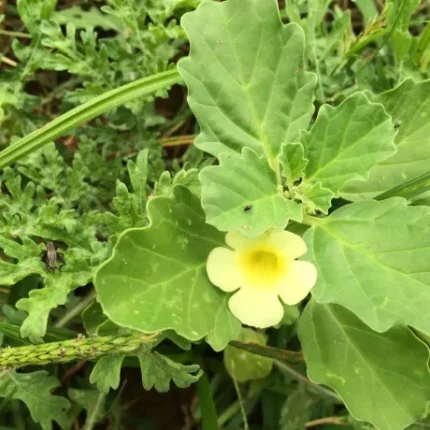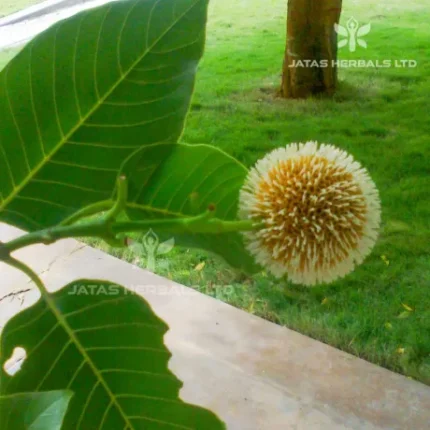Brihat Trayi have delineated Sringataka several times in their texts. Dalhana in one context quoted Sringati asSRINGATIKA (S.S.Ut.42/70). SRINGATI is also mentioned by Caraka (C.S.Vi.8/143,146). Dalhana recognized another plant Kshirasukla as Brihat Sringatika.
Botanical Description – Floating leaves 3-5 x 3.5-7 cm, entire at the basal end, dentate to crenate at the apical end, glabrous above, densely pubescent-villous below; stipules c. 3 mm, linear; petiole 3-12 cm long, woolly, with a fusiform swelling at the upper end. Submerged leaves c. 5 cm, pinnatisect, segments fillform. Flower tubular, white. Pedicel 2.5-3.5 cm long, villous. Sepals 7 mm long, ovate, 2 out of 4 persistent, villous. Petals oblong with an elongated narrow base, c. 2 times the length of the sepals. Disc c. 3 mm wide, edges dissected. Style c. 4 mm long, single, tapering; stigma rounded. Nut 2-3.8 cm long and broad, quadrangular, top-shaped, beak surrounded by long stiff hairs. Fruit bihorned; horns c. 2 cm long, pointing upwards, reflexedly barbed below the tip. Found in the ponds and lakes throughout India.
Major Chemical Constituents – Citric acid, tannins, amylop-ectin, vitamins, protein fat, lutein, ellagic acid, Arabinogalactan, xylan
Part Used– fruit pulp
Dosage – Powder 5-10g.
Research – Gallic acid showed inhibitory activity against Hela cells (Chem. Abstr. 1986, 104, 213083 g.).







Reviews
There are no reviews yet.